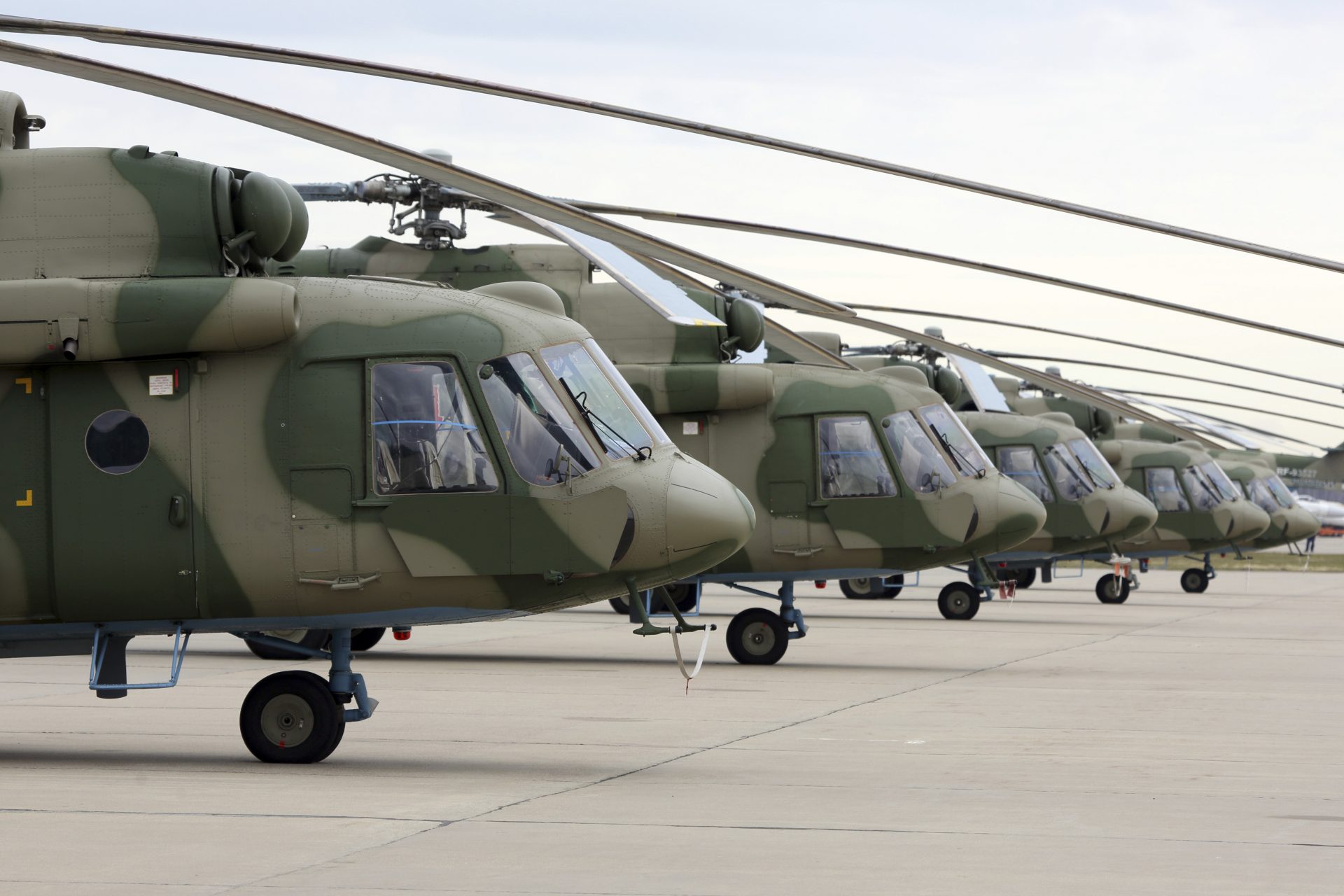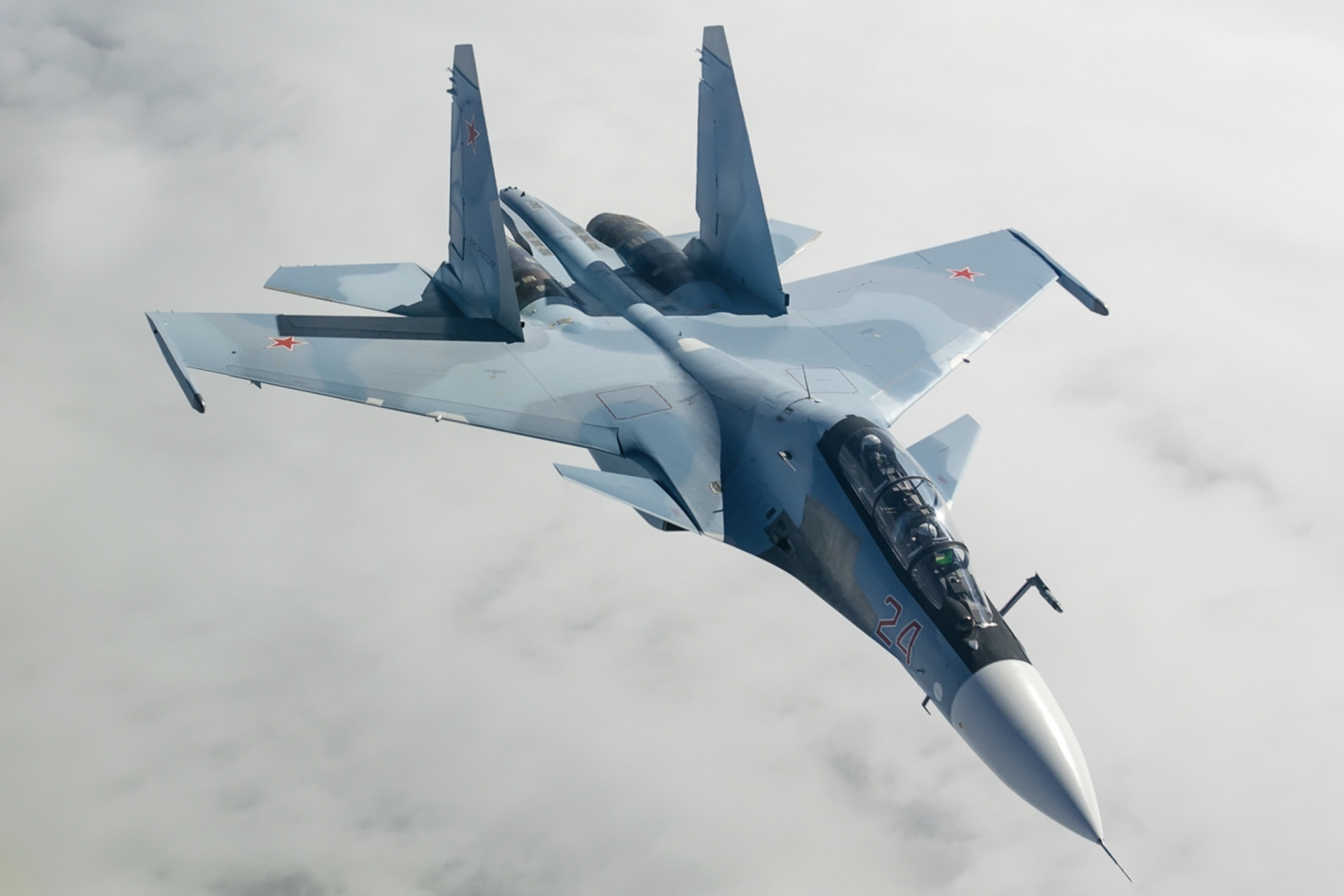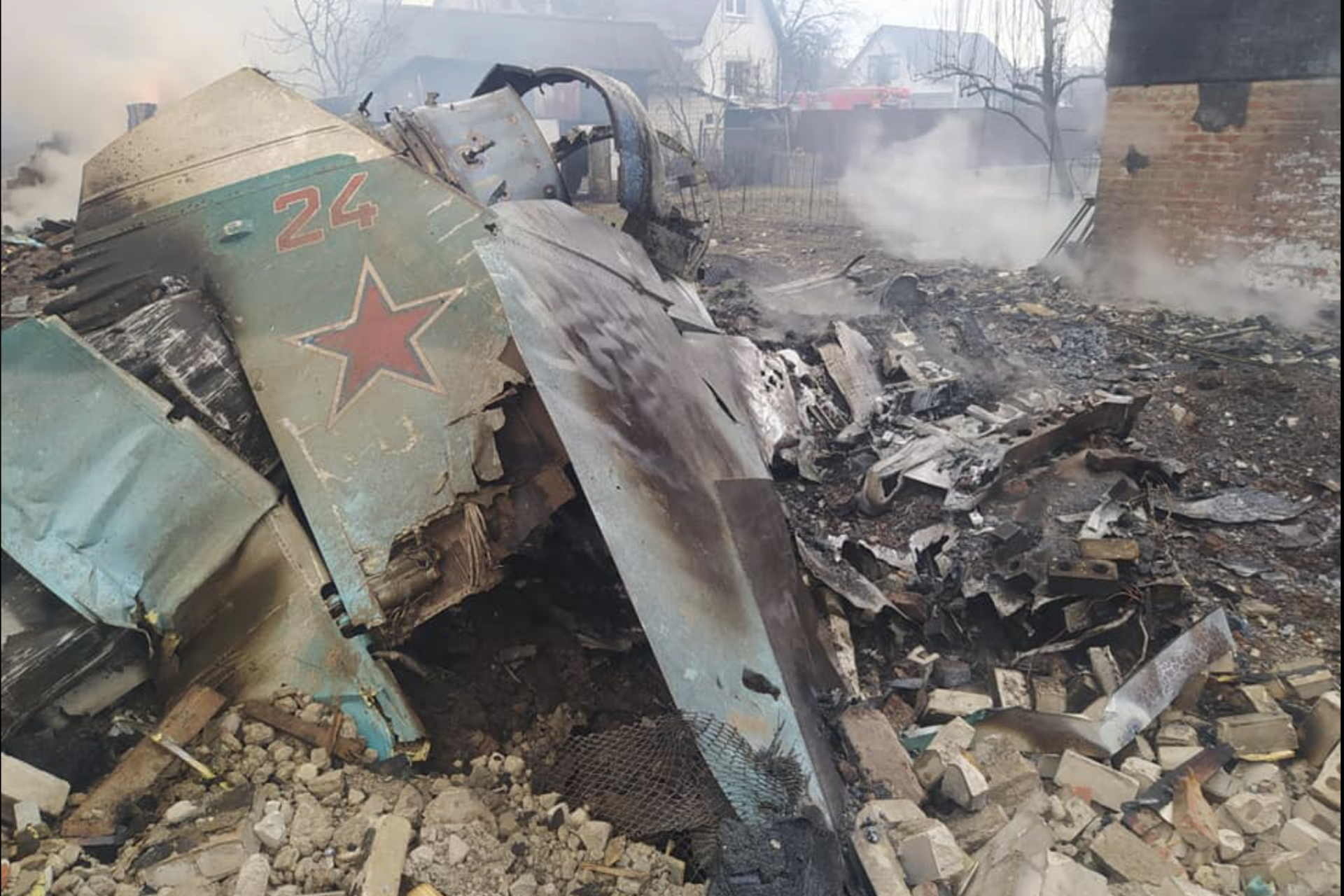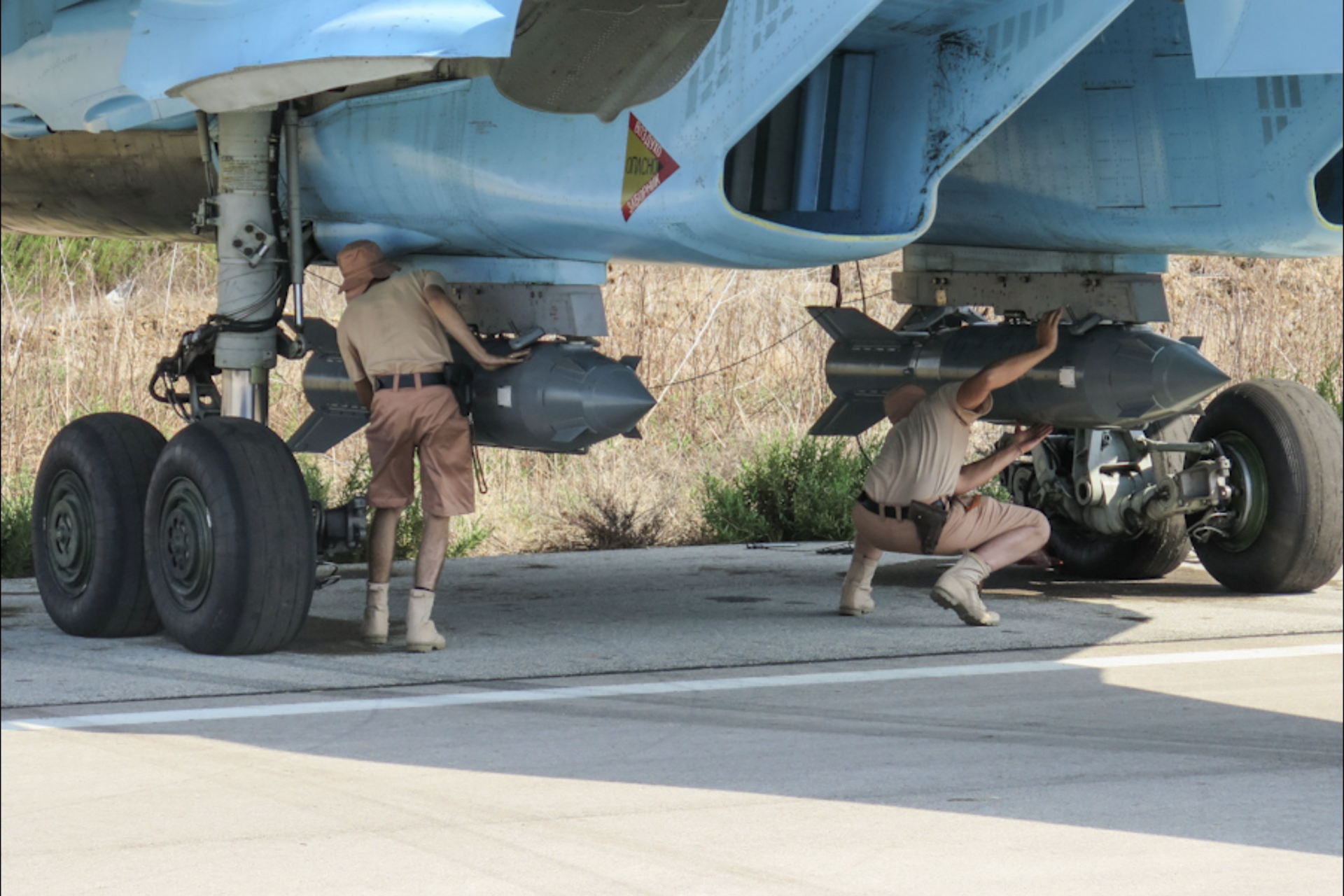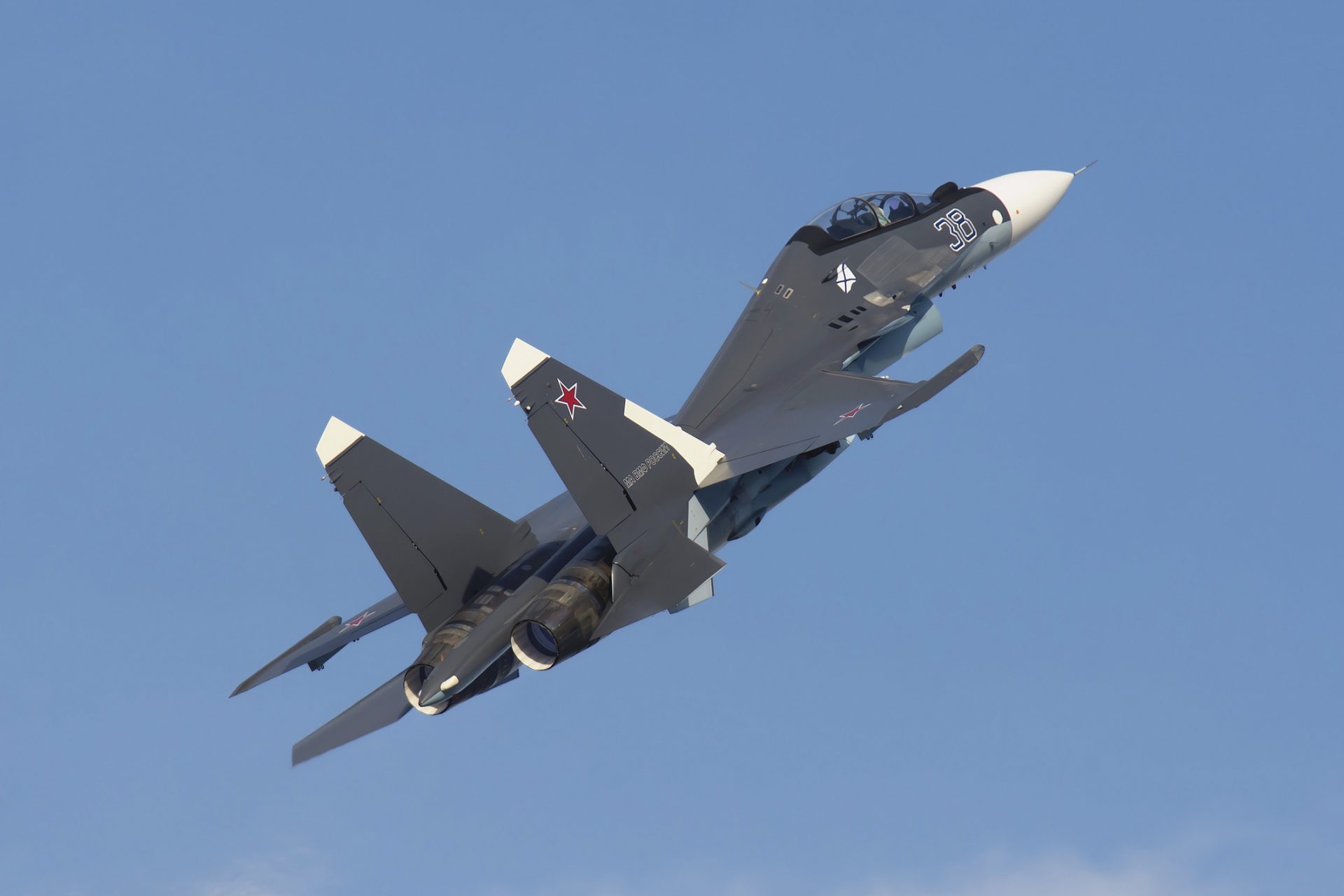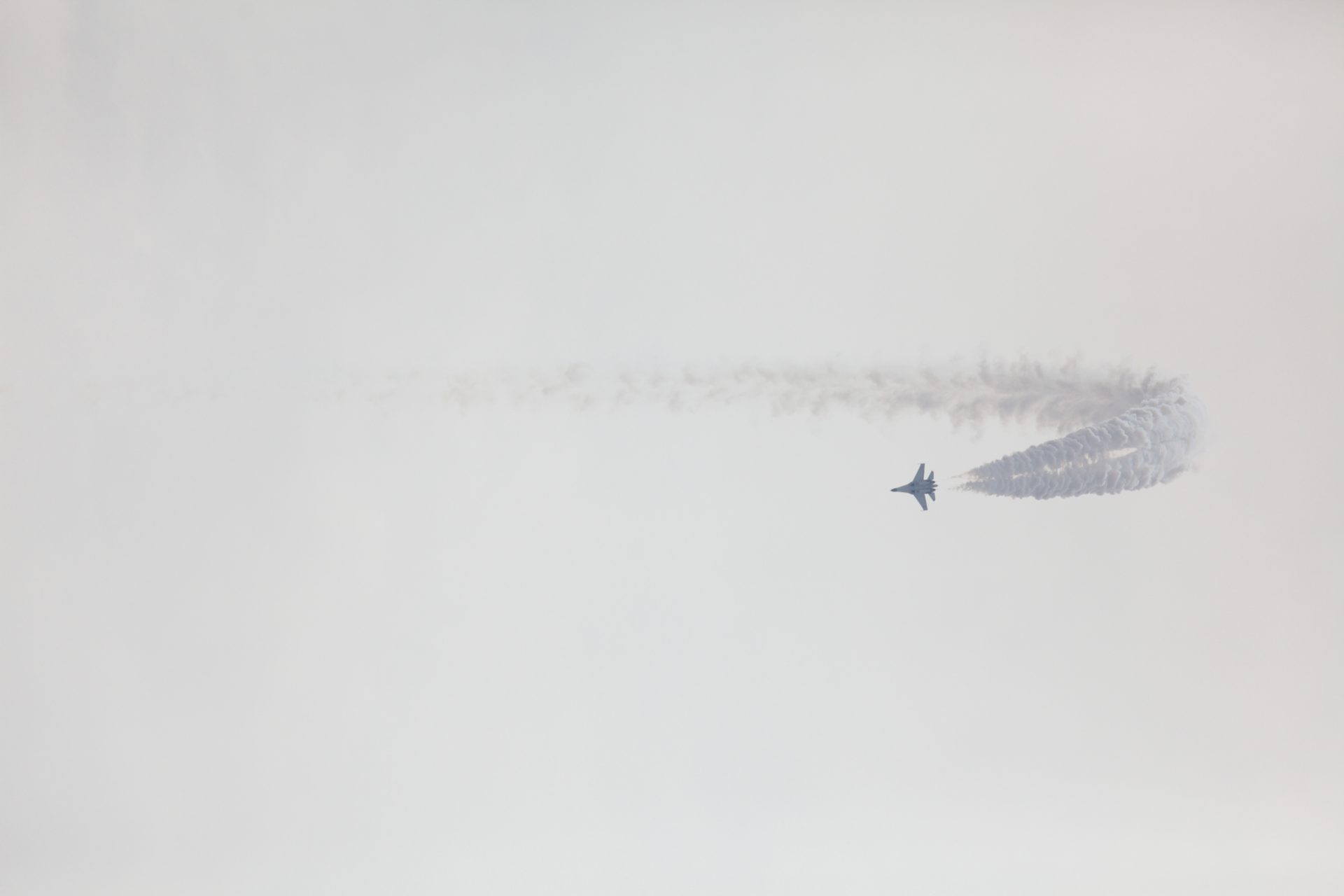Putin's military has a huge number of self-inflicted aircraft losses
Roughly one in five Russian aircraft and helicopter losses over the last eighteen months of conflict in Ukraine have been self-inflicted according to a new report from Newsweek.
Russia has lost 21.7 percent of its jet, helicopter, and transport aircraft fleets to friendly fire, pilot errors, systems malfunctions, or other accidents not caused by Ukraine’s army.
Newsweek noted that some experts have attributed these non-combat losses to several factors, the least of which include maintenance oversight issues as well as poor training.
Russia has lost at least forty-eight aircraft to non-combat-related incidents as of August 24th with the largest losses coming from seven Su-25 jets and nine Mi-8 Helicopters.
The Kremlin has lost 186 different piloted aircraft and helicopters in total since Vladimir Putin ordered the invasion of Ukraine based on open-source visual data from Oryx.
Oryx is a Dutch intelligence project that has been tracking both Ukrainian and Russian losses since the war began and only counts a loss if there is video or picture evidence.
Newsweek used Oryx’s Russian aircraft and helicopter losses count in order to calculate the number of Russian air assets that had been lost due to non-combat complications.
The American news outlet was able to identify 18 extra cases of self-inflicted helicopter losses as well as 17 cases of additional aircraft losses—bringing the total losses to 227.
With 48 confirmed self-inflicted losses, the Russian Air Force is currently suffering from a stunning 21.7 percent rate of losses coming just from the organization's own issues.
Newsweek also reported the rate of self-inflicted losses for aircraft sat at 26.7 percent while the rate for Russia’s helicopters hovered around 17.5 percent of total losses.
“While these numbers are by no means exhaustive, with further unreported losses, both combat and non-combat, likely to emerge… they still offer a damning assessment of the current state of Russia's air force,” wrote Newsweek’s Ellie Cook.
One of the most high-profile Russian aircraft incidents happened in October 2022 when a Su-34 fighter jet fell from the sky and slammed into an apartment building in Yeysk.
Both pilots were killed in the crash and Russian authorities claimed the incident was the result of a technical malfunction according to a Reuters report at the time of the incident.
Photo Credit: Wiki Commons
Another incident in October 2022 saw a Su-30 fighter crash into a building in Siberia, an incident RAND Corporation engineer and analyst Michael Bohnert found “interesting.”
Photo Credit: Wiki Commons
"These aircraft were being used as training platforms, and their combat counterparts have limited use in the current war,” Bohnert wrote in a November 2022 essay.
Photo Credit: Wiki Commons
Bohnert believed there were likely three reasons for the dual incidents accoridng to Business Insider's analysis of his work. First, there was a lack of skilled mechanics, second, he believed Russia didn’t have the aviation parts needed to fix the aircraft, and third, he thought Russia couldn’t make the needed parts.
Photo Credit: Wiki Commons
This interpretation would suggest Western sanctions have played a big role in Moscow’s many self-inflicted aircraft and helicopter losses, and Bohnert noted this in his essay.
Photo Credit: Wiki Commons
"Sanctions placed on Russia by the West could well be affecting Russia's ability to manufacture and maintain parts needed to keep aircraft safe," Bohnert wrote.
On August 12th, another major self-inflicted loss incident occurred. This time a Russian Su-30 fighter jet crashed in the Kaliningrad region while on a training mission and local officials blamed the crash on technical malfunctions the Associated Press reported.
Photo Credit: Wiki Commons
“The Su-30 aircraft crashed in a deserted area. The flight was carried out without ammunition. The crew died,” local military authorities explained.
The Associated Press reported Russia has suffered two other major incidents that saw two fighter jets crash while they were flying training missions. One occurred while it was flying in the Pacific while the other happened over the Sea of Azov.
More for you
Top Stories







